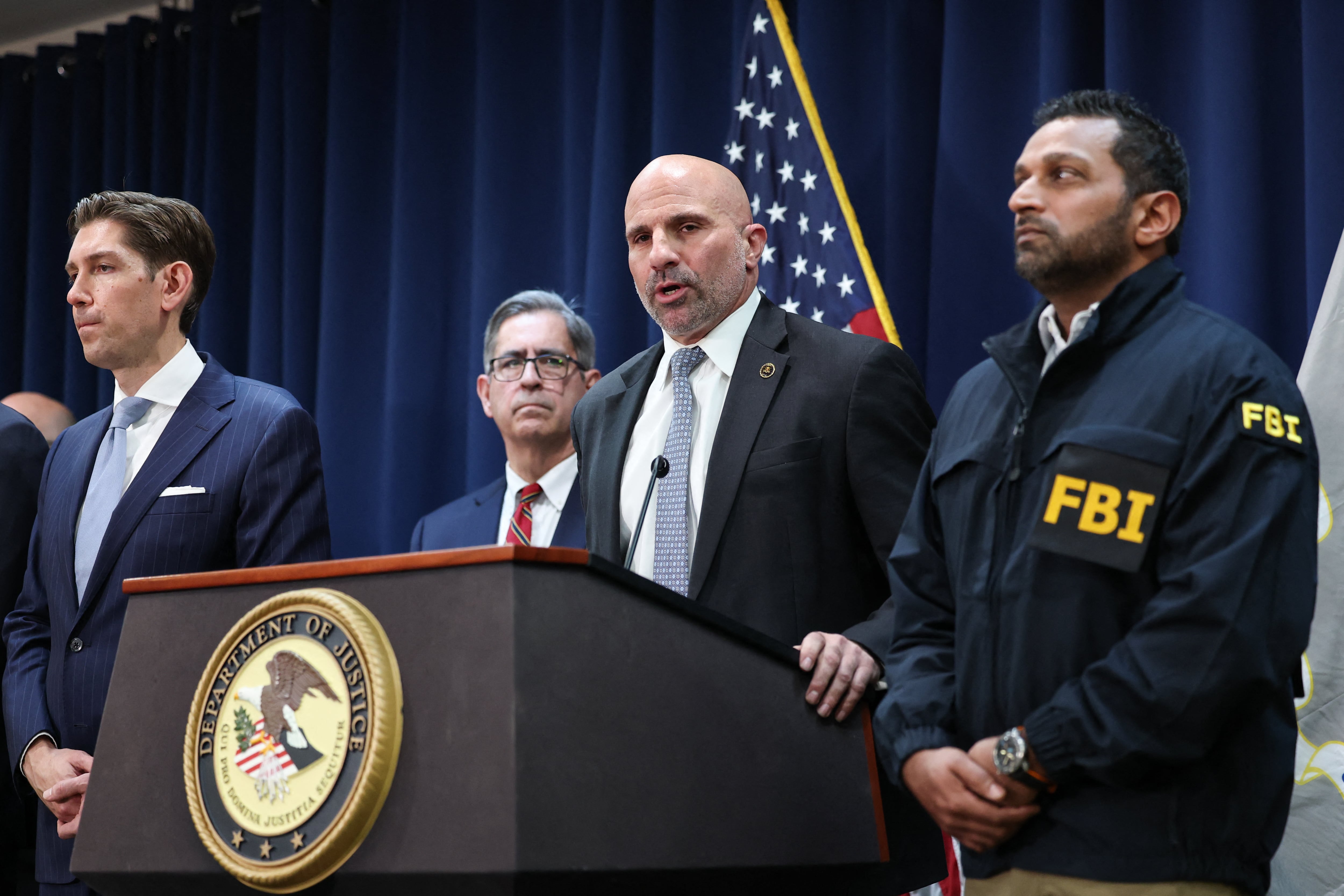Schoolchildren from Dungarvan, Co Waterford, have been involved in a remarkable scientific endeavour tracking brent geese tagged in Ireland winging their way to and from the Canadian Arctic.
Their work as young citizen scientists, however, had an unexpected twist when an Inuk hunter living in the polar region ended up shooting and eating one of the geese they had tagged thousands of kilometres away in Dungarvan.
Its demise features in a new 13-part RTÉ animated documentary called Where the Wild Geese Go and emerged when a film crew travelled to Resolute Bay, the most northerly inhabited place in the world, and discovered the fate of the goose.
The 4th class pupils from St Mary’s primary school for girls joined scientists from the University of Exeter to track the light-bellied brent goose that winters in Ireland before going back to northwest Canada to breed.
RM Block
Eager to uncover the secrets of its migration paths, they confirmed most tagged geese were more fortunate by pinpointing their exact location in the Arctic using an App and iPads – with many later returning to Irish shores along with their offspring.
Hunter Devon Manik, who shot and ate the goose, said: “The reason why we hunt today is because it’s so expensive to live up here [in Arctic Canada]. Without hunting all of the food has to be shipped up. We hunt the geese subsistently as they are passing by.
“It tasted good,” he added. “In June, the geese migrate through here, to lay their eggs ... My grandmother and my mother really love geese, so they’ll cook them up and I’ll have some as well.”
Ecologist Kendrew Coulhoun, who met Mr Manik in Canada, said: “There’s a little bit of sadness there because obviously they are very highly protected in Ireland and we love them but at the same time we totally appreciate that the local communities here, they don’t have access to supermarkets.”
The geese are a resource for the Inuit people but few birds are harvested by them in such a way, he said. “These communities definitely need to do such a thing, so who are we to judge that?”
The children’s former teacher at St Mary’s, Anne Quinn, says the tracking project was having a remarkable impact in increasing awareness of nature. “It was [started] during my final year. It was the most amazing project that I was ever part of. I retired on a total high.”
The children were already familiar with the geese, which gather each year at The Lookout in Dungarvan. The tagging took place during “a most incredible day” for the girls, when a team working with Mr Coulhoun caught up to 100 birds at the local pitch and putt club, put them into pens and released them with identifying tags.
There was some shock in class when they discovered the fate of the goose, says Ms Quinn. “Five thousand kilometres away is just a number. The Arctic is a place way out there. This in a strange way was proof they made this incredible journey ... It shows how much we’re connected; geographically, culturally.”
Where the Wild Geese Go gives young viewers a front-row seat with breathtaking landscapes, while learning about diverse cultures and people that the geese encounter along the way, says producer Ciarán Deeney of EZ Films. “It also offers a unique window into the intersection of culture, conservation, and education.”
The project features an interactive website available at rte.ie/goose where young viewers can log in and become “goose detectives” themselves.
The series goes out on RTÉ 2 on October 21st and will be on RTÉ Player.
- Sign up for push alerts and have the best news, analysis and comment delivered directly to your phone
- Join The Irish Times on WhatsApp and stay up to date
- Listen to our Inside Politics podcast for the best political chat and analysis

















